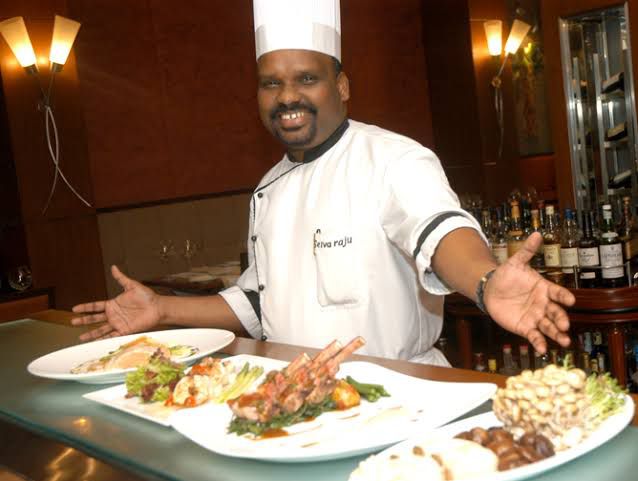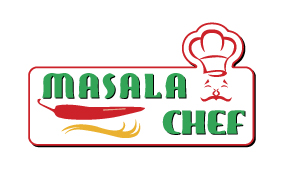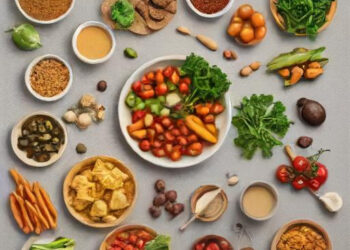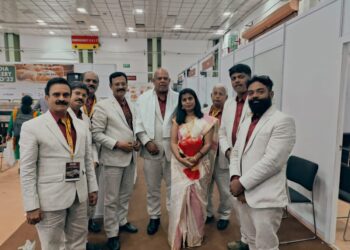-Nandini Bansal (cbedit@imaws.org)
India, a nation of multiple ethnicities, varied cultures, and contrasting food habits, has had its fair share of contention regarding non-vegetarian food. There is a prominent sect that is vegetarian while there is also a population of people who can be considered raging meat-eaters. Grappling with this contradiction in the Indian food space, while also dealing with new and upcoming lifestyle trends, several Bangalore-based executive Chefs share their opinions on the same.
Changing Customer Demands and Trends

Chef Rana Dominic Gomes, Area Chef South at Royal Orchid Hotels, Bangalore, talking about the new customer habits and prevalence of different methods and products, shares, “During and Post Covid, People have become more health conscious towards animal products. There is a drop in red meat and a rise in the demand for Organic Poultry products. Social media has created lots of buzz for Black Chicken and its medicinal values. In Singapore, lab-grown meat is the latest trend, with no anti-biotic, no contamination and there is no guilt in eating the meat. Ancient cooking techniques like slow cooking, and Spitfire roasting are getting popular these days.”
The food segment in India, and especially, the non vegetarian one is subject to a lot of changes. New and innovative ideas keep coming to the forth quite often which the Chefs have to keep knowledge of to maintain the customer experience up-to-date.
Commenting upon consumer trends in today’s world, Chef Selvaraju Ramaswamy, Executive Chef at Vivanta by Taj, Bangalore said, “In modern times, we have observed that people avoid fatty and heavy dishes, and have started to prefer lean meats like tender chicken, fish, and lamb. Customers are moving towards a more health-conscious lifestyle. In the processes of food-making, people have started to prefer home-style cooking, along with healthier continental options as well. Since the customer base is becoming more and more aware and informed, we have to make sure of the conditions of meat and lay great focus on the storage process, quality of the product, and try our best to preserve the natural taste and aroma of the ingredients.”

Indian Masses and its Unique Preferences
The Indian continent with its varied and, at the same time, quite general food habits can be a bit challenging to handle and get right. There are types of meat that the country expects to be prepared in a specific manner, and then there is also the part of the country where certain types of meats are not preferred at all. Finding a balance between these can be a challenging situation for a chef.

Adding to this, Chef Vikram Simha of BJN Hotels said, “Pairing the dishes with the right combination of bread is a big challenge. As Indians love slightly overcooked meats, it is difficult to gauge the right kind of tenderness while cooking in a particular region. While some love the mouth feel and the chew while others want it soft and tender. This is challenging especially with lamb and Pork. While seafood preparation is an art, it is not well understood by most of the cooks who work inland.”
Chef Gomes, commenting on the same, shared, “India has mixed culture, every region has its own food habits, though Non-Vegetarians have lots of options to choose from. Though there are plenty of cooking options in Indian Cuisine, the popular ones are grilling, broiling, stewing, and steaming. The meats are often tougher, sourcing good meat is challenging in some parts of the country, and proper balancing of flavor, texture, and taste is always important.”
Healthier Options in the Segment
There is a widely growing trend amongst young people in India to shift and gravitate towards healthier and more environment-friendly options. For example, more and more people nowadays are adopting a vegan lifestyle which is as equally healthy for the human body as it is for the environment.
Commenting upon veganism from the purview of the non-vegetarian food segment, Chef Ramaswamy said, “There is a rising advent of trends like veganism and to acknowledge that we do offer vegan options in our menus, buffets, and offer dishes that are usually milk-based to be made out of soy or almond milk. Keeping this in mind, we also firmly believe that the demand for non-veg is not going anywhere in the future. There might be variations in the nature of demands, but it is here to stay.”
Adding to the same, Chef Gomes commented, “Vegetarians and Non-vegetarians will coexist for more decades. In most countries. Animals are bred for meat, and all nutrients and health values are taken with utmost care to make the product safe for human consumption. Meat from countries like Germany, France, New Zealand, Australia, and Japan is very popular. Lab-grown meat has a promising future as well since it will not impact the ecosystem in any way.”
Future of the Non-veg Segment

Talking about the future of the non-veg segment, Chef Vasudevan of Raddison Blu, Bengaluru said, “In the future, we are expecting to see the demand and day-to-day consumption decrease slightly. But we also see that the technology of rearing in animal farms is improving and is going to get better with time. People are also getting conscious and will demand new and innovative things from hotels, as we believe, non-veg food can also be a very healthy alternative for people.”
Chef Simha added to the same, ”Recent studies and statistics show vegetarian food is gaining popularity but is limited to religious, conscious, and wealthy individuals. Consumption of meat is on the rise in southern states of India as affluence in the society is on the rise and so are the aspirations of middle and lower middle-class segments. One would see multiple offerings of non-vegetarian food as part of the street food. This only reiterates the fact about the penetration and frequency of consumption of nonvegetarian food among middle and lower middle-income groups. For the elite and connoisseurs slow cooked, exotic and gourmet meats are always on their menu. New meat products from far away countries are finding themselves on Indian plates.”
THIS ARTICLE IS POWERED BY








